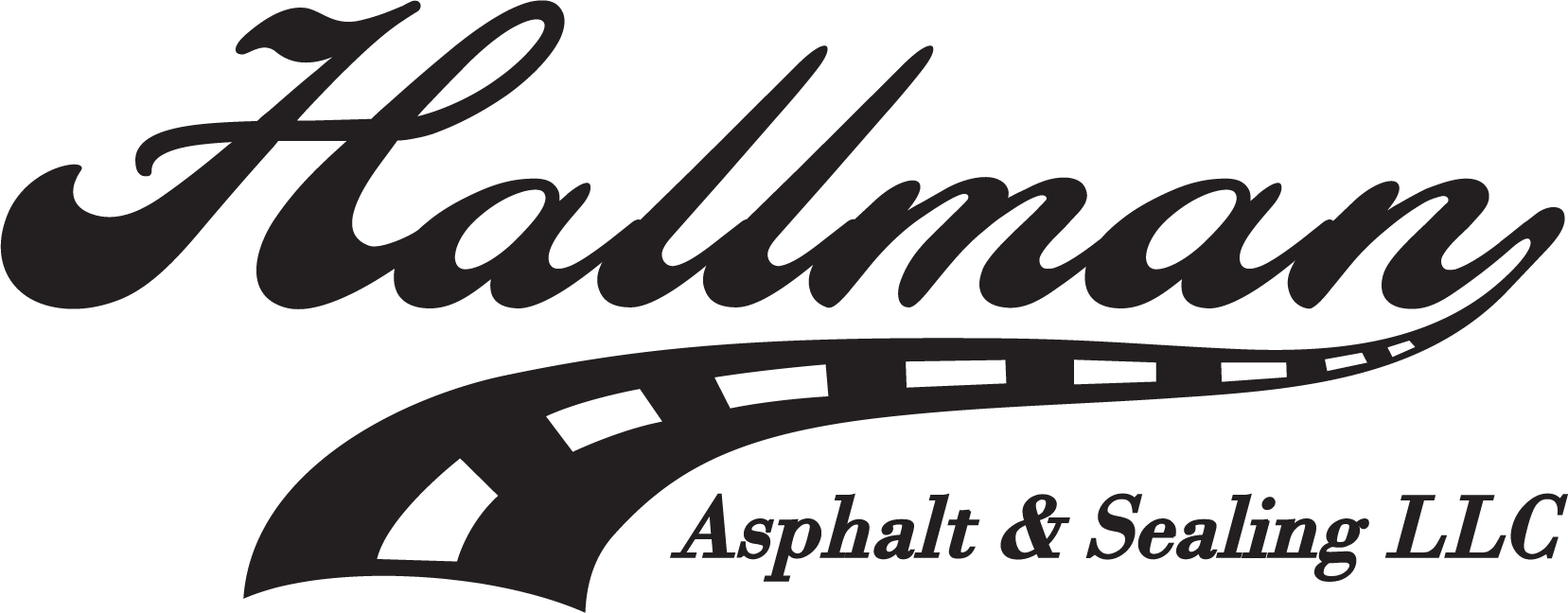
Maintaining pavement is crucial to ensure the safety and efficiency of roads, parking lots, and driveways. When pavement becomes damaged, it’s essential to repair it as soon as possible to prevent further deterioration. There are two main methods of pavement repair: asphalt overlay and removal.
What is an Asphalt Overlay?
An asphalt overlay involves placing a new layer of asphalt on top of the existing pavement. The process involves cleaning and preparing the existing pavement, applying a tack coat, and then placing the new asphalt layer. The thickness of the new layer varies depending on the condition of the existing pavement and the desired results.
One of the main benefits of an asphalt overlay is that it is less expensive than complete removal and replacement. It also takes less time to complete, which means less downtime for the area being repaired. Other benefits include improved ride quality and a smoother surface.
Factors to consider when overlaying include the condition of the existing pavement, the thickness of the new layer, and the climate in which the pavement is located. For example, in colder climates, a thicker overlay may be necessary to prevent cracking due to freeze-thaw cycles.
What is Asphalt Removal?
Asphalt removal involves completely removing the existing pavement and replacing it with a new layer. The process involves breaking up the old pavement, removing it, and then placing a new layer of asphalt. This method is more expensive and time-consuming than an overlay, but it may be necessary in some cases.
The main benefit of asphalt removal is that it allows for a complete repair of the underlying layers of pavement. If the subbase or base layers are damaged, removing and replacing the pavement may be necessary to prevent further deterioration. Removal also provides an opportunity to correct any drainage issues or other problems that may be present.
Factors to consider when removing include the extent of the damage, the condition of the underlying layers, and the amount of traffic the area receives. In some cases, removal may be the only option for a long-term, durable repair.
Comparing Overlay and Removal
- Cost Comparison: As mentioned earlier, overlay is generally less expensive than removal. The cost of an overlay will depend on the thickness of the new layer and the condition of the existing pavement.
- Time Comparison: An asphalt overlay can typically be completed in one to two days, depending on the size of the area being repaired. In contrast, removal and replacement can take up to a week or more, depending on the extent of the damage and the size of the area.
- Quality Comparison: While an overlay can improve the ride quality and appearance of the pavement, it may not be as durable as a complete removal and replacement. Over time, cracks and other damage may reappear. Removal and replacement, on the other hand, provide a new base layer and a fresh start, which can lead to a longer-lasting repair.
When to Choose Overlay
An asphalt overlay may be a good choice in the following situations:
- When pavement is still structurally sound: If the existing pavement is in good condition and only needs minor repairs, an overlay may be sufficient.
- When budget is a concern: If cost is a major factor, an overlay may be a more affordable option than removal and replacement.
- When minimal downtime is needed: If the area being repaired cannot afford to be out of commission for an extended period of time, an overlay can be completed more quickly than removal and replacement.
When to Choose Removal
Asphalt removal may be a better choice in the following situations:
- When pavement is severely damaged: If the existing pavement is severely cracked, potholed, or otherwise damaged, removal and replacement may be necessary to create a long-lasting repair.
- When underlying layers need repair: If the subbase or base layers are damaged, removal and replacement can provide an opportunity to repair these layers.
- When long-term durability is a priority: If the area being repaired is heavily trafficked or subjected to extreme weather conditions, removal and replacement may provide a more durable repair.
Both asphalt overlay and removal have their advantages and disadvantages. The choice between the two methods will depend on the specific situation and the goals of the repair. Regular pavement maintenance is crucial to prevent the need for major repairs in the future.
